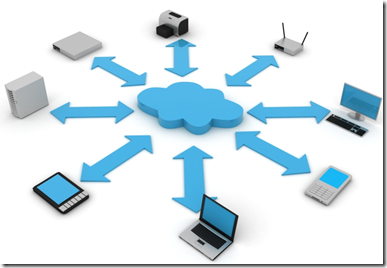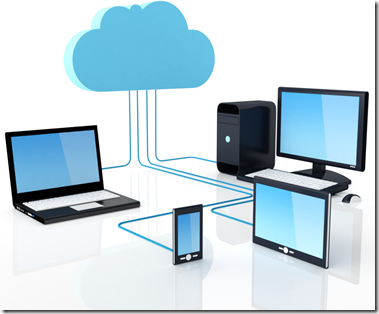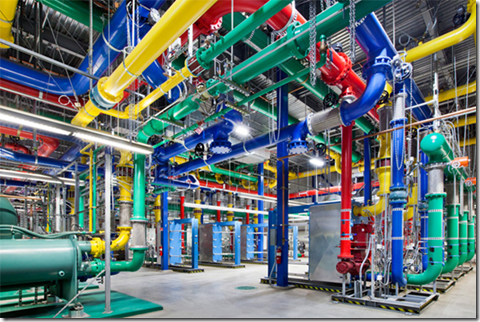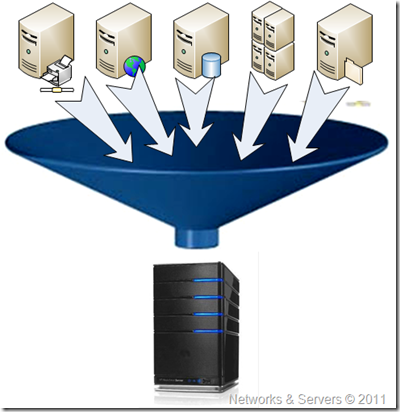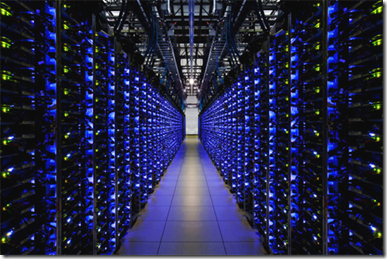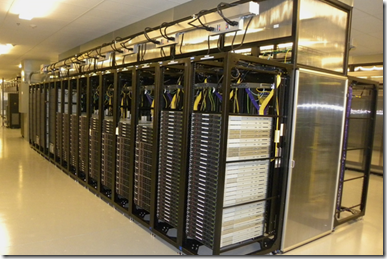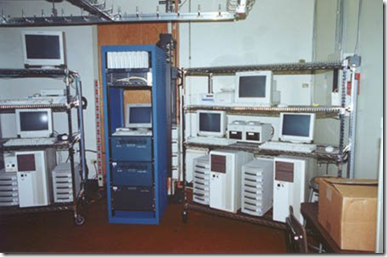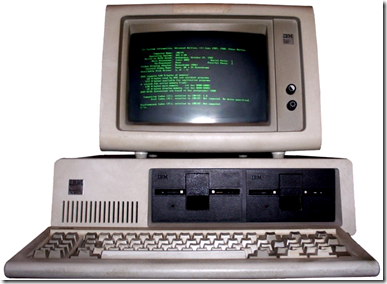Cloud computing has recently emerged as a new paradigm for hosting and delivering services over the Internet. Cloud computing is attractive to business owners as it eliminates the requirement for users to plan ahead for provisioning, and allows enterprises to start from the small and increase resources only when there is a rise in service demand. Cloud computing is first and foremost a concept of distributed resource management and utilization. It aims at providing convenient endpoint access system while not requiring purchase of software, platform or physical network infrastructure, instead outsourcing them from third parties.
The arrangement may beneficially influence competitive advantage and flexibility but it also brings about various challenges, namely privacy and security. In cloud computing, applications, computing and storage resources live somewhere in the network, or cloud. User’s don’t worry about the location and can rapidly access as much or as little of the computing, storage and networking capacity as they wish—paying for it by how much they use—just as they would with water or electricity services provided by utility companies. The cloud is currently based on disjointedly operating data centers but the idea of a unifying platform not unlike the Internet has already been proposed.
In a cloud computing environment, the traditional role of service provider is divided into two: the infrastructure providers who manage cloud platforms and lease resources according to a usage-based pricing model, and service providers, who rent resources from one or many infrastructure providers to serve the end users. Cloud computing providers offer their services according to several fundamental models: software as a service, infrastructure as a service, platform as a service, desktop as a service, and more recently, backend as a service.
The backend as a service computing model, also known as "mobile backend as a service" is a relatively recent development in cloud computing, with most commercial services dating from 2011. This is a model for providing web and mobile applications developers with a way to link their applications to backend cloud storage while also providing features such as user management, push notifications, and integration with social networking services. These services are provided via the use of custom software development kits (SDKs) and application programming interfaces (APIs). Although similar to other cloud-computing developer tools, this model is distinct from these other services in that it specifically addresses the cloud-computing needs of web and mobile applications developers by providing a unified means of connecting their apps to cloud services. The global market for this services has an estimated value of hundreds of million dollars in the next years.
Clearly, public cloud computing is at an early stage in its evolution. However, all of the companies offering public cloud computing services have data centers, in fact, they are building some of the largest data centers in the world. They all have network architectures that demand flexibility, scalability, low operating cost, and high availability. They are built on top of products and technologies supplied by Brocade and others network vendors. These public cloud companies are building business on data center designs that virtualize computing, storage, and network equipment—which is the foundation of their IT investment. Cloud computing over the Internet is commonly called “public cloud computing.” When used in the data center, it is commonly called “private cloud computing.” The difference lies in who maintains control and responsibility for servers, storage, and networking infrastructure and ensures that application service levels are met. In public cloud computing, some or all aspects of operations and management are handled by a third party “as a service.” Users can access an application or computing and storage using the Internet and the HTTP address of the service.
Previous Post

